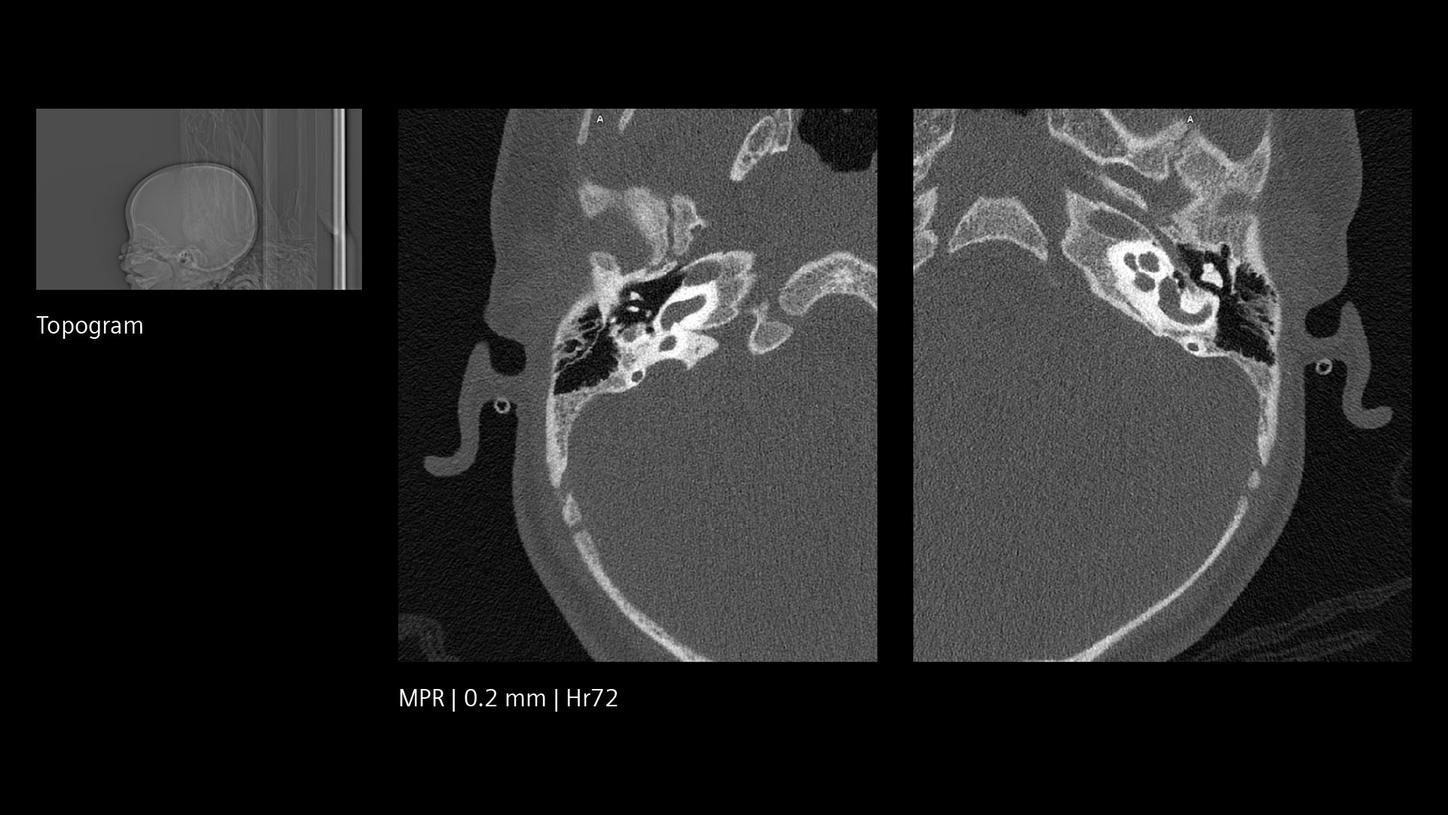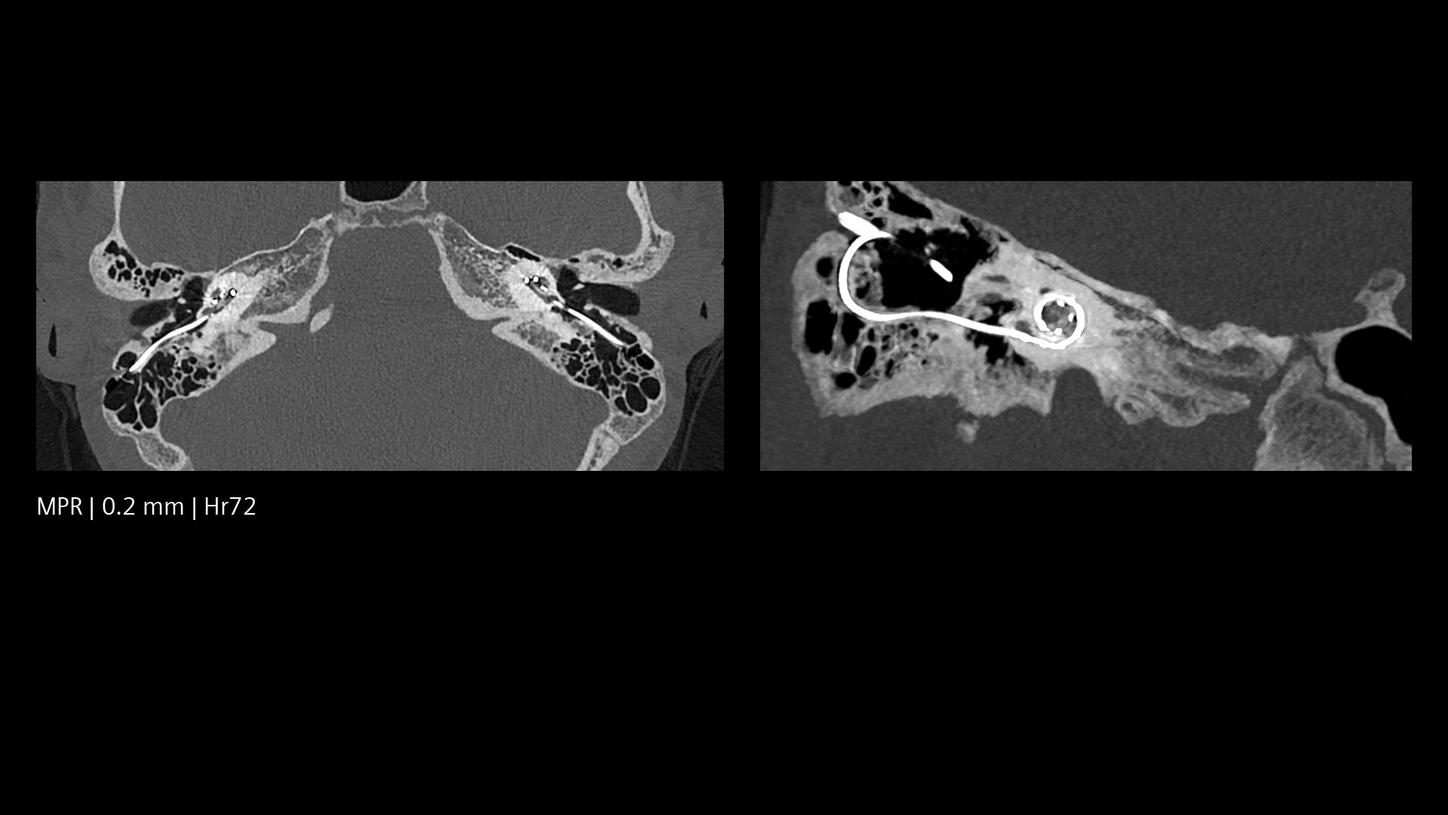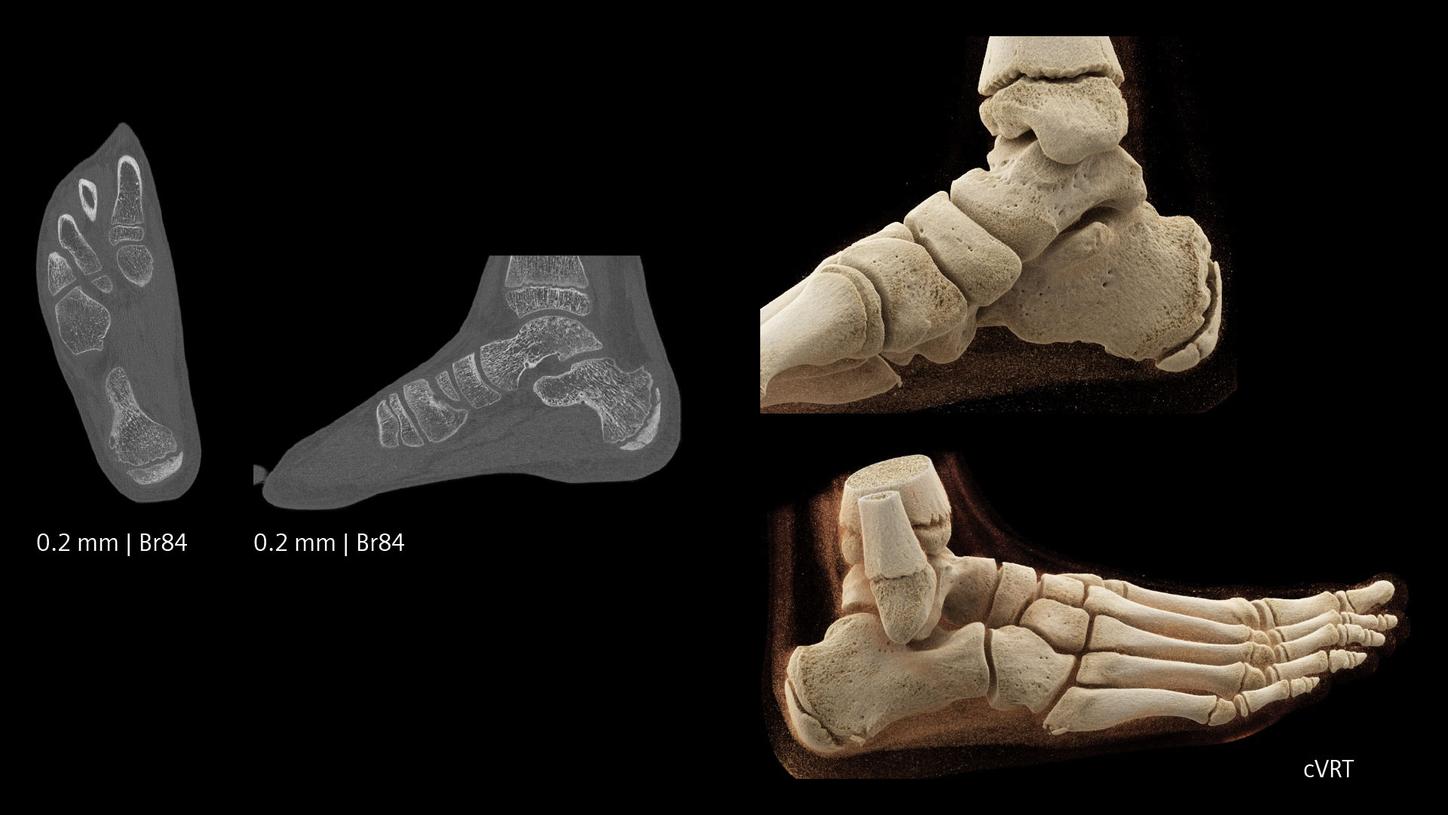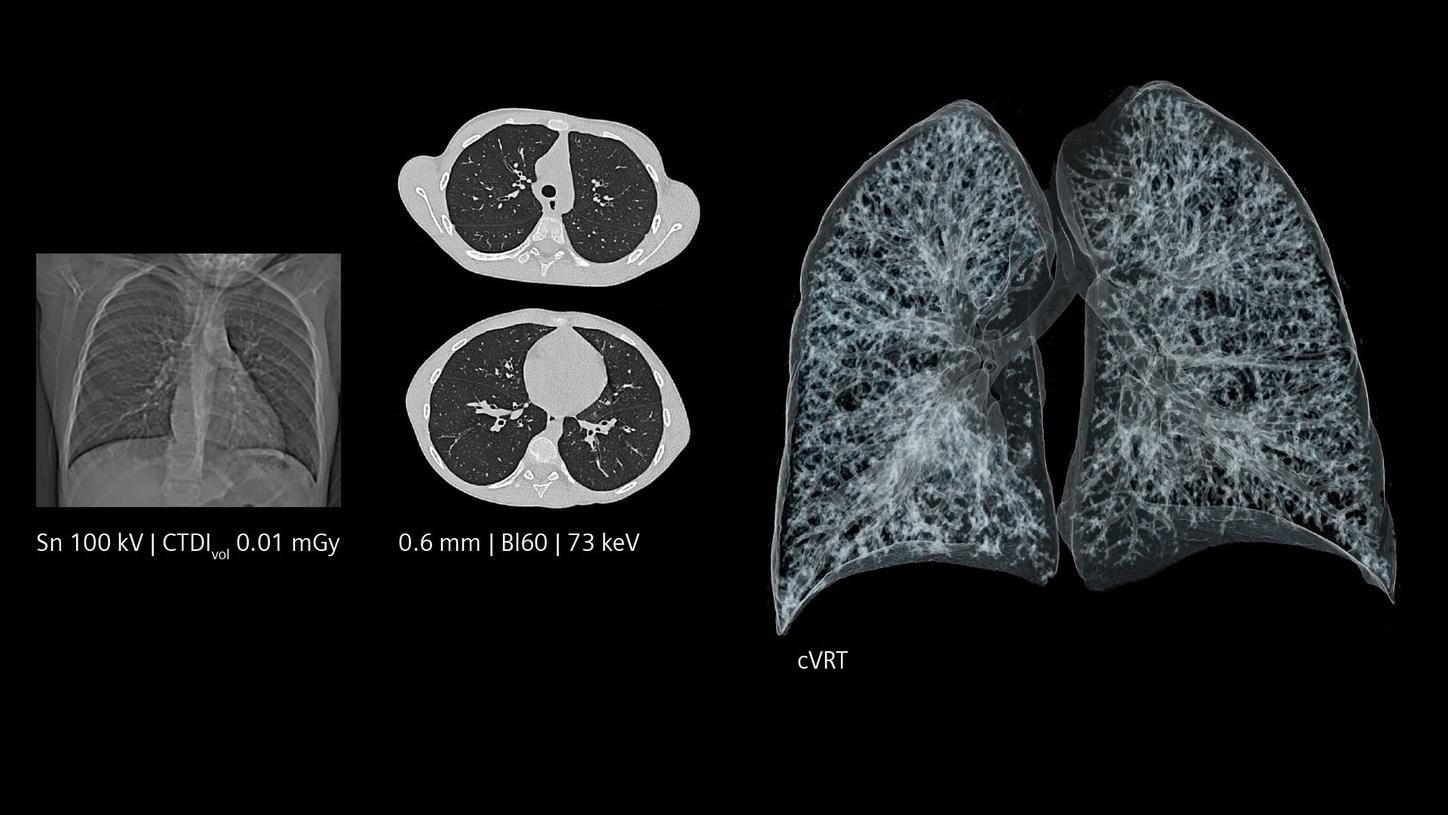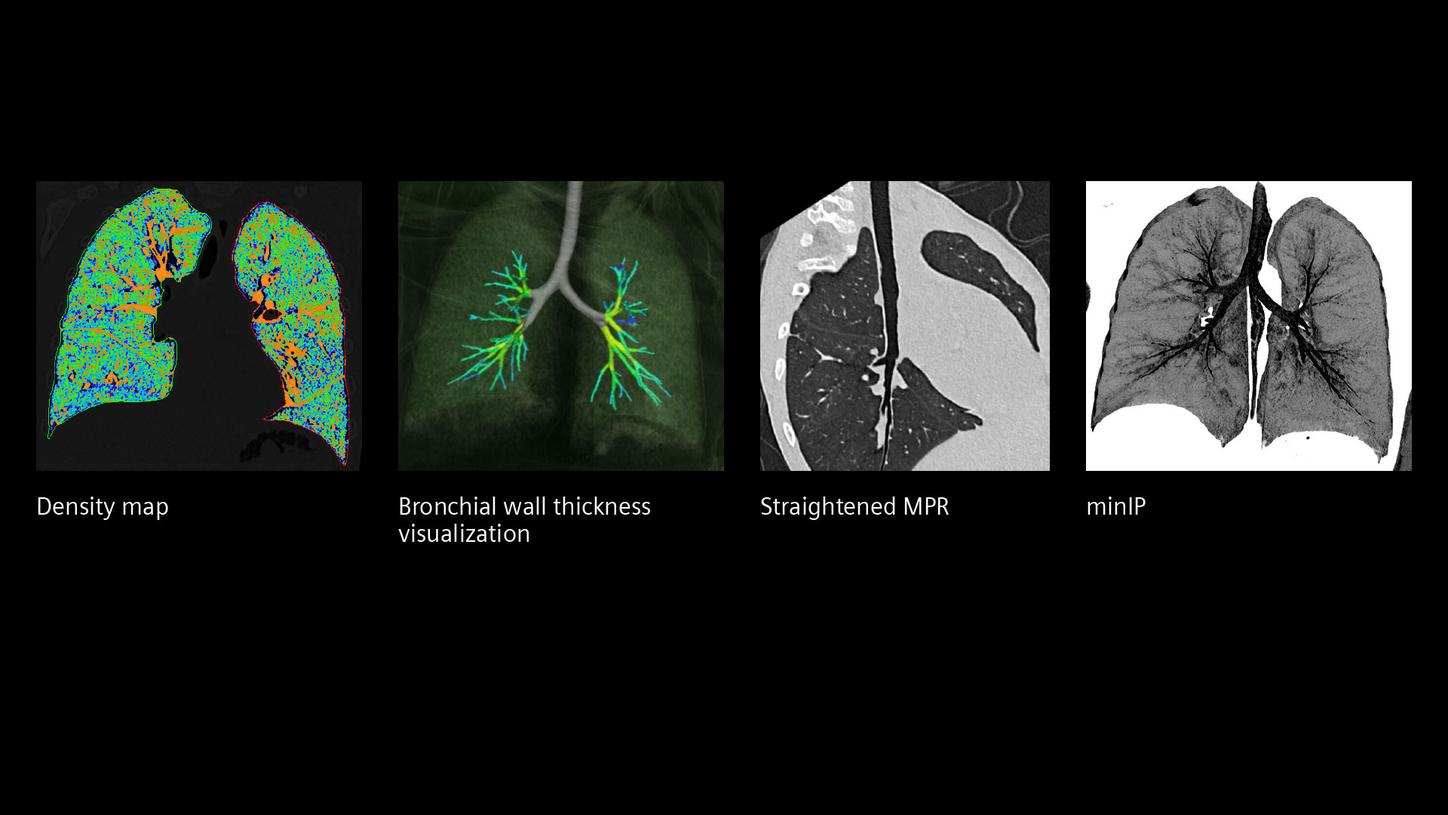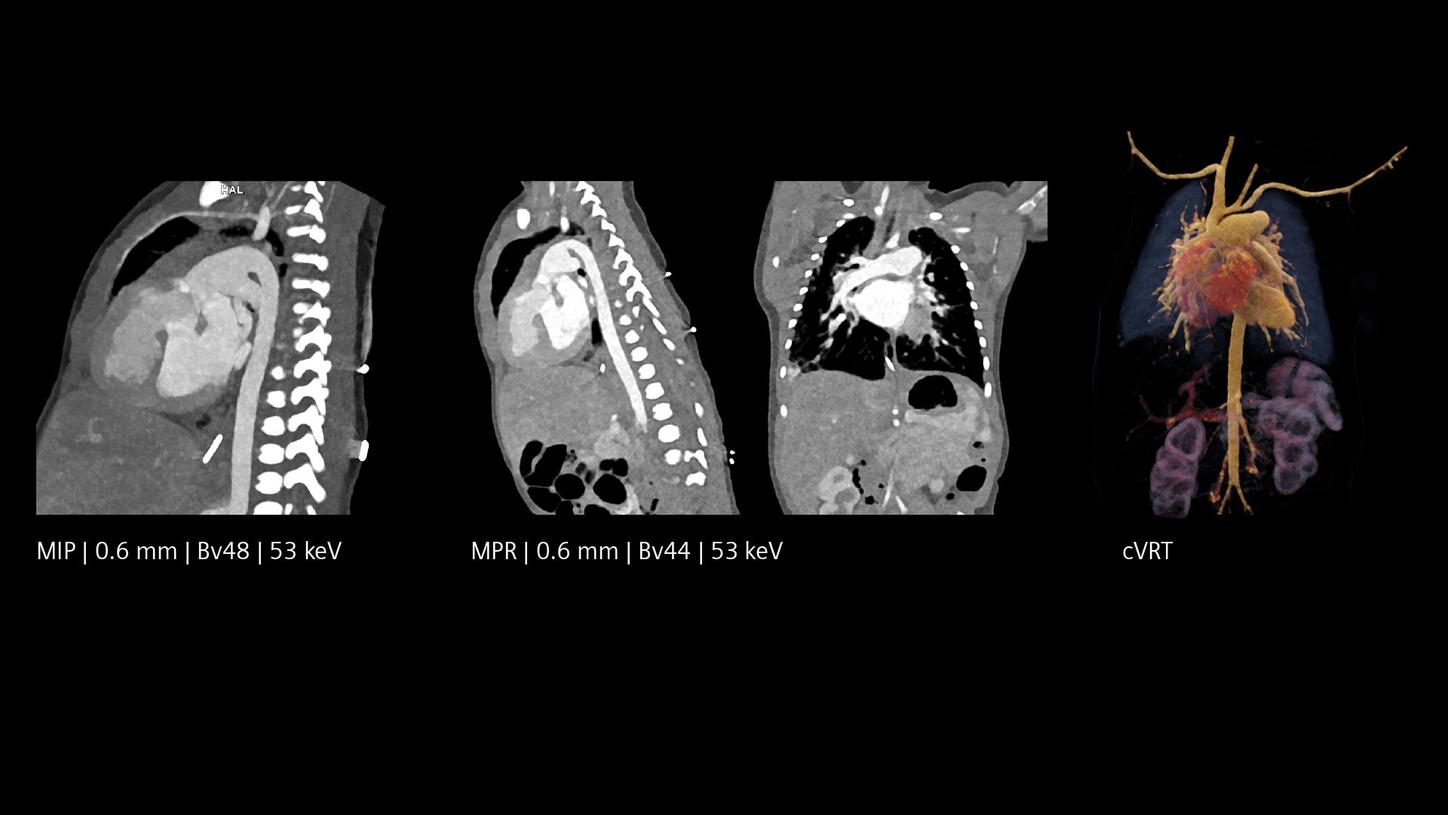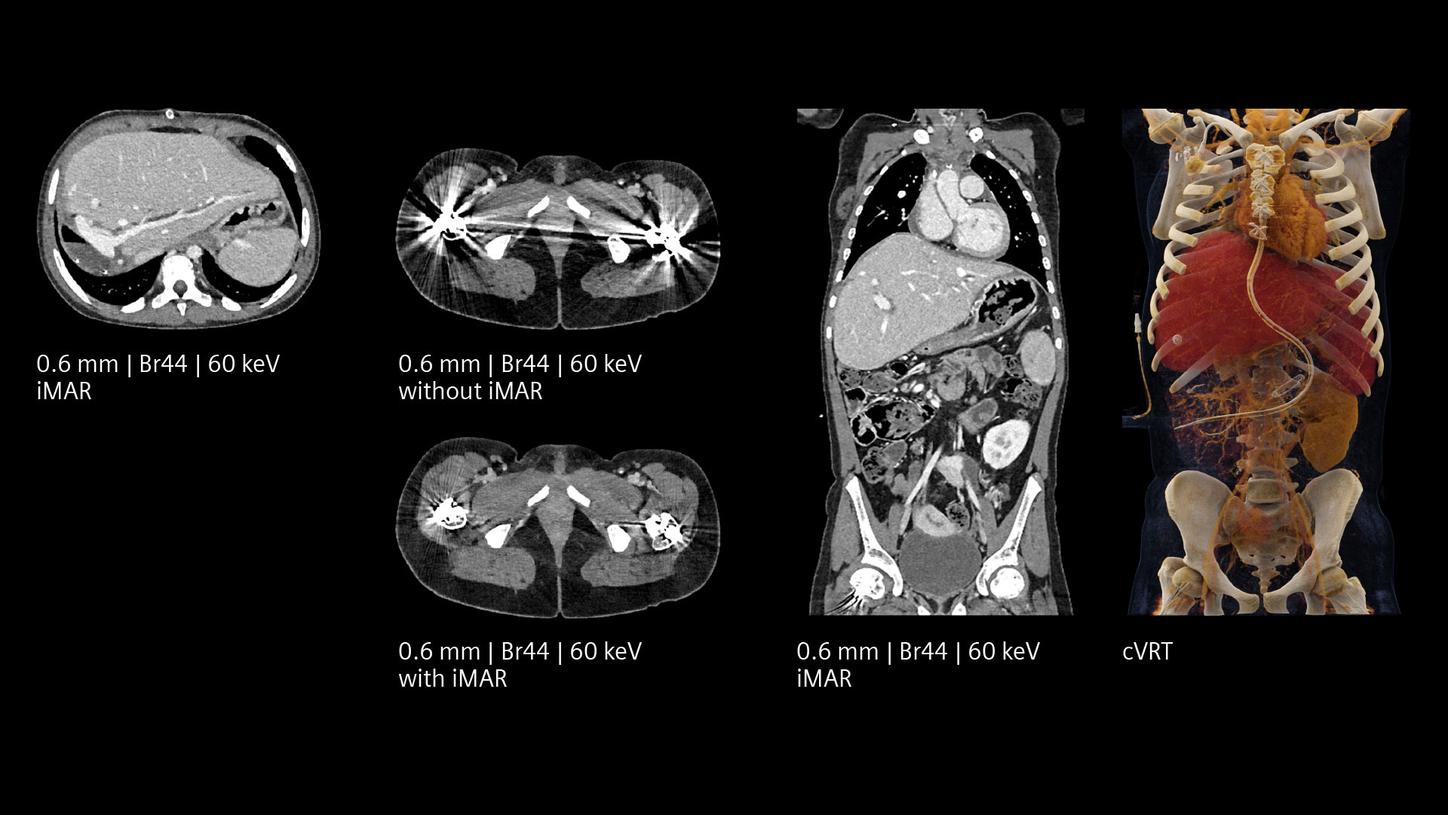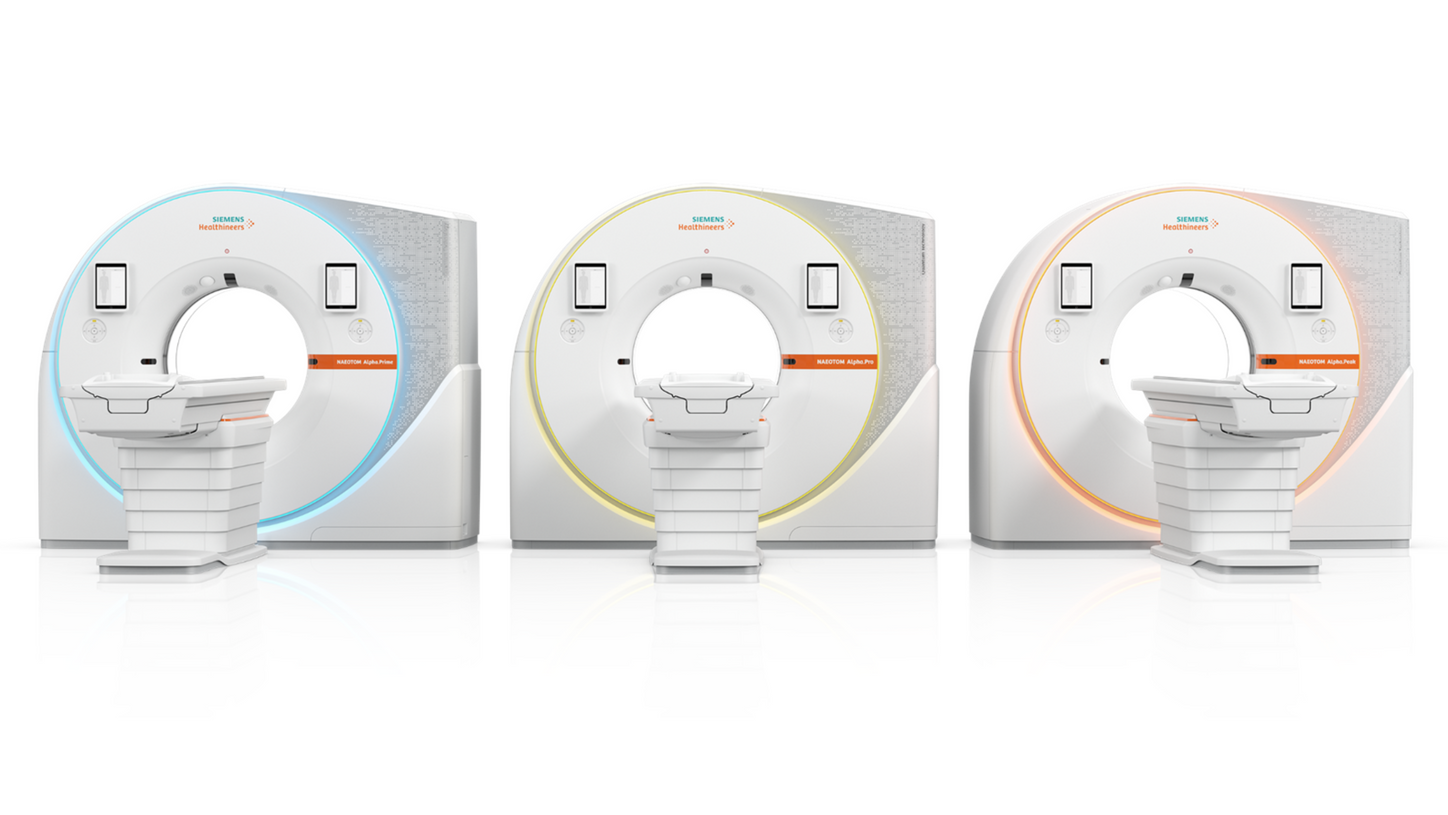Unstoppable in pediatrics
The dose reduction and speed enabled by the photon-counting detectors in the NAEOTOM Alpha class are of particular importance in the diagnosis and treatment planning of complex pediatric cases, especially in infants and young children, at Erasmus University Rotterdam.
Lower dose, brilliant images

Faster scans, less sedation
Children have special needs in diagnostic imaging, especially regarding holding still during exams. Until recently, both CT and MRI commonly required sedation or anesthesia for most pediatric patient groups. NAEOTOM Alpha.Pro and NAEOTOM Alpha.Peak with Quantum Technology and Dual Source technology enable faster imaging without compromising image quality in pediatric CT scans.Ěý
The enhanced scan speed of photon-counting CT is up to 74 cm/s and enables the acquisition of high-quality images in a few seconds, reducing the need for sedation in pediatric patients who cannot remain still during conventional CT scans. At top-ranked St. Louis Children’s Hospital, they reported that in 2023 with NAEOTOM Alpha 96.5% of the pediatric patients could be scanned without any sedation.1

Ultra-high resolution, full dose efficiency
Optimizing the exposure of children to radiation has been a longstanding objective in pediatric imaging, based on the ALARA (as low as reasonably achievable) principle. In the past, ultra-high-resolution imaging has resulted in increased radiation doses and has not been the preferred method of choice for pediatric patients. Now, photon-counting CT has the potential to achieve Quantum HD images that clearly reveal relevant anatomical structures at lower radiation doses than EID CT scanners.Ěý
NAEOTOM Alpha includes dose reduction features such as 70 kV imaging and Tin Filter. Recent study of Cao et. al from Duke University Medical Center, titled “Pediatric applications of photon-counting detector CT” highlights that “The improved CNR of photon-counting detector CT not only allows more judicious use of iodinated contrast material but can yield additional clinically useful information by preserving contrast information from low-energy photons.”2

No electronic noise, advanced image quality
In the past, image noise has been the trade-off for radiation dose reduction. Photon-counting CT detectors directly convert X-rays into electric charges, eliminating electronic noise and enabling better visualization of small structures and anatomical details. This can be especially beneficial in pediatric cases where precise imaging is essential for accurate diagnosis and treatment planning.Ěý
Other photon-counting features like inherent spectral information in all exams are beneficial for providing material-specific imaging and functional information for these challenging patient groups.
Effective dose in children is three to five times greater than in adults at comparable exposure levels, and you have very sensitive tissues … in children who are growing. The younger the patient, the more is the potential risk from radiation.³
Holistic Patient Experience
Children differ fundamentally from other patient groups in terms of their emotional and cognitive needs. To ensure smooth pediatric imaging exams and best possible treatment, Siemens Healthineers and its partners have developed a holistic approach. This includes child-friendly preparation and supporting materials – designed to help reduce the perceived stress level of medical staff, children, and parents. Ěý

Introducing MINITOM Kids
MINITOM Kids is our newest contribution to pediatric patient experience. This child-sized model scanner allows children to become familiar with the scan process through interactive exploration.
MINITOM Kids includes a moveable table, a button that creates scan noises, and a tunnel under the scanner which children can use to practice lying still in the bore. The attached tablet demonstrates how Gerda, the Brave Giraffe is scanned. Gerda is the protagonist of our children’s book for pediatric patient preparation, which is available in six languages.
Ěý
What photon-counting means for the future of your department
The NAEOTOM Alpha class with Quantum Technology will redefine CT imaging. Based on the revolutionary direct signal-conversion of its QuantaMax detector, NAEOTOM Alpha class offers high-resolution images at minimal dose, improved contrast at lower noise, and breakthrough consistency you’ve never seen before.

